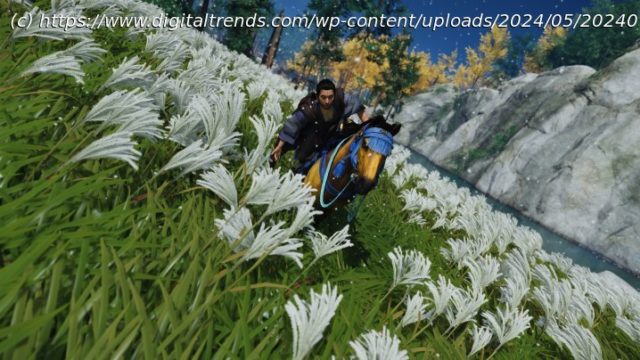Ghost of Tsushima is finally on PC after four years, and although the port is excellent, it has one big problem.
After nearly four years, Ghost of Tsushima is finally available on PC. The new release includes the base game, the Legends mode, and the Iki Island expansion, as well as a suite of the latest technologies from Nvidia, AMD, and Intel. From a performance perspective, Ghost of Tsushima runs well and looks beautiful, but it has one big problem.
Sony’s recent push to PC has locked players in over 170 countries out from experiencing Ghost of Tsushima, despite initially offering the game in those locations for preorder. That shouldn’t distract from the excellent PC port Ghost of Tsushima is, however.Best settings for Ghost of Tsushima on PC
Ghost of Tsushima has a relatively condensed graphics menu, but each of the settings are powerful enough to affect your performance and/or image quality. After some testing, here are the best settings for Ghost of Tsushima:
Motion Blur Strength: 0
Field of View: 5
Texture Quality: Medium
Texture Filtering: 4x Anisotropic
Shadow Quality: Medium
Level of Detail: High
Terrain Detail: Low
Volumetric Fog: Medium
Depth of Field: High
Screen Space Reflections: Low
Screen Space Shadows: High
Ambient Occlusion: SSAO Performance
Bloom: On
Vignette: On
Water Caustics: On
These settings resulted in about a 25% to 30% increase in my average frame rate in the open world, and without a significant hit to image quality. You can see in the video below how close the recommended settings are to the Very High preset. It’s close, with only minor differences in the shadows and reflections to draw attention to.
I would encourage you to mess with the settings yourself, however. Ghost of Tsushima renders the game behind the graphics menu, allowing you to see how your changes impact the image quality in real time. In addition, there are useful tooltips for each of the options that note how the setting stresses the different components in your system. Other developers could learn from Sucker Punch here on how to design a PC graphics menu.
There are a couple of settings to pay attention to. The one that affects image quality the most is Level of Detail. Ghost of Tsushima features a vast world with a lot of open vistas, and the Level of Detail setting greatly reduces the draw distance of objects. That’s why I stuck with the High setting here, as the quality drops off significantly below that point.
On the other hand, there are some settings that aren’t worth pushing higher. Texture Quality, for example, shows a major difference between Low and Medium. Above Medium, however, there are only miniscule differences, and it’s not worth pushing the setting higher unless you have plenty of performance headroom to spare. Shadow Quality is in a similar situation. The shadows are sharper above Medium, but not by much.
Regardless of your settings, Ghost of Tsushima’s performance is stable. In linear sections, the open world, and even the co-op Legends mode, I only saw minor deviations in frame rate. This port is on the level of Helldivers 2 in its consistency. It can tax older systems at higher settings and resolutions, but it won’t devolve into a stuttering mess like Dragon’s Dogma 2.






